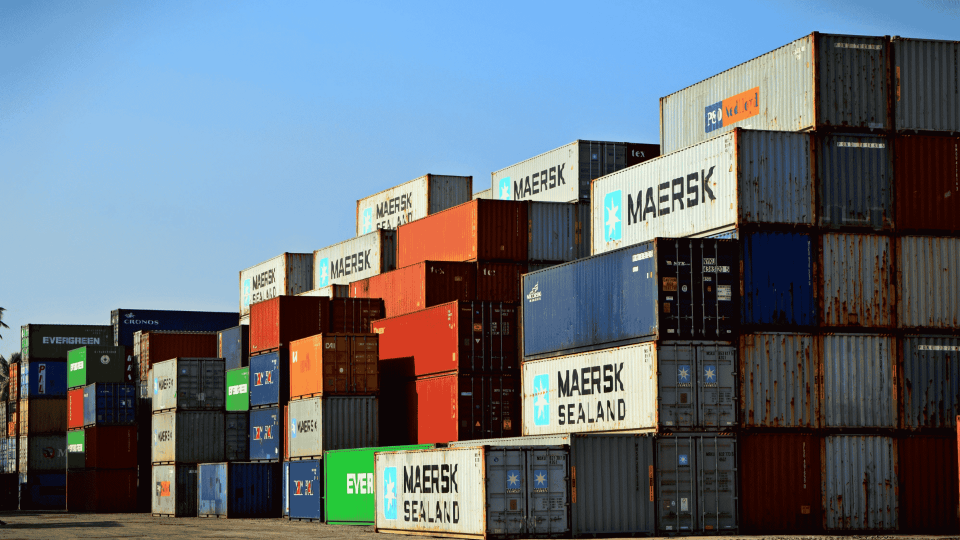There has arguably never been a more uncertain time in the field of foreign direct investment attraction. Current uncertainty surrounding the USA is marked by continuously changing tariffs with the intention to bring back manufacturing to the USA, concerns over talent availability amid H-1B visa changes and political pressures on US universities, and the future of the Inflation Reduction Act (IRA). The IRA, which provided $369 billion in clean manufacturing incentives, has effectively been modified through the One Big Beautiful Bill: key clean energy tax credits are now subject to accelerated phase-out schedules, stricter eligibility rules (including foreign-entity exclusions), and new domestic content and adders constraints.
FDI Center, in collaboration with the International Economic Development Council (IEDC) held a webinar in July on “Global Uncertainty, Local Impact: Attracting FDI Today”, featuring experienced US economic developers tasked with FDI attraction into their regions. Alongside FDI Center’s Managing Director, Andreas Dressler; Nick Triska, Head of Business Development, Greater Portland; Paulina San Millan, SVP Business Development, Intersect Illinois; Noah Olson, Director, Innovation, Choose Delaware; and Deb Scherer, SVP Global Trade and Investment, One Columbus joined the conversation. This article is informed by that discussion, and a recording of the webinar is available here.
The current landscape
In 2024, the US experienced a 10% surge in FDI projects (UNCTAD, 2025) and 93% increase in the value of FDI projects reaching $266 billion, retaining its position as the world’s top FDI destination. This has largely been due to increasing greenfield FDI performance in sectors such as semiconductors, space and defense, pharmaceuticals, medical devices, real estate, and renewable energy.
Since President Trump’s return to office, the speakers offered their reflections on how FDI flows had been affected. Deb Scherer (Columbus, Ohio) noted an uptick in project leads in Ohio from high-value sectors, particularly pharmaceuticals. Meanwhile, Paulina San Millan (Illinois) noted a decline in project leads in Illinois within sectors that qualify for incentives under the IRA, such as battery plants and electric vehicles. Paulina also observed that the One Big Beautiful Bill gave a signal on which sectors would receive subsidies, namely fossil fuels, coal used for steel production, affordable housing, and advanced semiconductor manufacturing, granting an initial degree of certainty, and enabling investors to advance their plans.
Evidence of reshoring
With the current administration’s goal to reshore manufacturing, the speakers noted that companies in high-value sectors such as active pharmaceutical ingredients (APIs) and biotechnology were increasingly interested in shifting production back to the US.
Noah Olson (Delaware) gave the example of pharmaceutical company Merck, which is setting up a $1 billion biologics manufacturing and research facility in Delaware to strengthen US domestic supply in response to shifting trade policies and tariffs, and to reduce reliance on overseas manufacturing. Merck is the latest pharma company to join Eli Lilly, Johnson & Johnson, Novartis, and Regeneron in announcing new US facilities or expansion of existing facilities this year in response to tariff uncertainty.
There was a consensus among the speakers that reshoring projects were intended solely to serve the US market, with companies expanding their current US facilities to meet domestic demand, while still retaining or moderately downscaling overseas operations that service other markets.
One concern raised was the availability of raw materials and components to support US operations. Deb Scherer gave the example of a family-owned business that cancelled its expansion project after purchasing a site, due to concerns over material availability and exposure to tariffs on imports.
Phased projects and undefined timelines
In comparison to many countries and regions around the world that are experiencing a drop off in FDI leads, the speakers reported a strong and robust pipeline of FDI projects in their regions – reporting that around 25% (Delaware), 40% (Illinois), 40-50% (Greater Portland) of their pipeline were projects from outside the US. Although they noted that while there is increased interest, there is also a decreased pace of decision making and more rigorous vetting by companies.
Nick Triska (Greater Portland, Oregon) and Deb Scherer shared observations of a more phased approach to US expansion, a trend that has only emerged over the past 12 to 18 months. Phased-in investments typically begin with a small commercial office, followed by an assembly plant, and eventually a manufacturing facility, allowing for greater flexibility should conditions turn unfavorable.
The speakers also converged on the view that project timelines have become less defined, with investors certain of US expansion but uncertain around timing. However, they shared a common view that this slower, phased approach has benefits for EDOs and the communities they serve, allowing them to respond better to projects with intensive power, water, and land requirements.
What does it take to attract international investors?
For US economic developers aiming to prioritize foreign investment attraction, speakers emphasized viewing FDI as a long-term endeavor, with projects often taking years, rather than months, to progress from initial lead to operational facility.
In this new era of phased investment strategies, they stressed the need to effectively service leads, even if the initial investment commitment is limited to a small service office. Failure to secure the first phase, they warned, significantly reduces the likelihood of being considered for future expansions. The importance of aftercare and ongoing relationship management was highlighted as essential to fostering this further investment. Given the prevailing uncertainty, continuous monitoring of tariff developments is critical to ensure timely, informed engagement with both existing and prospective investors.





